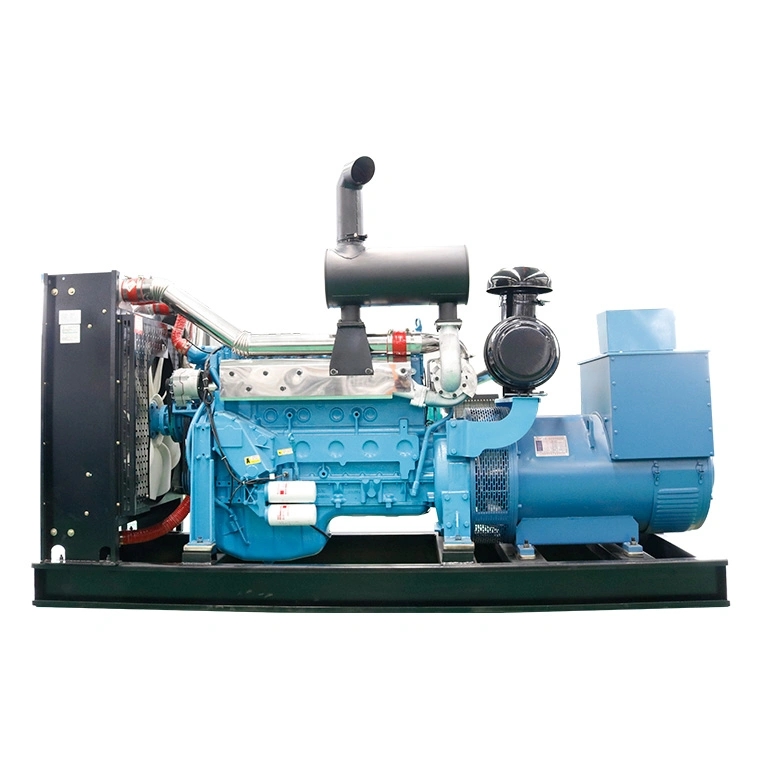Introduction:
Diesel generators have long been a reliable source of backup power for various applications, providing electricity in situations where grid power is unavailable or unreliable. One of the key challenges faced by diesel generators is the ability to efficiently handle variable load demands. This article aims to explore the complexities of managing variable loads with diesel generators and provide insights into optimizing their performance for such scenarios.
Understanding Variable Load Demands:
Variable load demands refer to fluctuations in the electrical load that a generator is required to supply. 200kw diesel generator for remote engineering projects can occur due to various factors, such as changes in equipment usage, weather conditions, or operational requirements. Managing variable load demands is crucial for ensuring the efficient operation of a diesel generator and optimizing its performance.
Challenges of Variable Load Demands:
Variable load demands pose several challenges for diesel generators, including:
1. Fuel Efficiency: Diesel generators are most fuel-efficient when operating at or near their rated load capacity. Fluctuations in load demand can lead to inefficient operation and increased fuel consumption.
2. Engine Wear: Rapid changes in load demand can cause stress on the generator's engine components, leading to increased wear and tear over time.
3. Emission Levels: Diesel generators produce emissions that are directly related to their load demand. Fluctuations in load can impact emission levels and compliance with environmental regulations.
Optimizing Diesel Generators for Variable Load Demands:
To address the challenges posed by variable load demands, several strategies can be employed to optimize the performance of diesel generators:
1. Proper Sizing: Ensuring that the diesel generator is properly sized for the expected load demand is crucial for efficient operation. Oversized generators can lead to increased fuel consumption and reduced efficiency at lower load levels.
2. Load Management: Implementing load management strategies, such as load shedding or load sharing, can help stabilize the generator's operation during fluctuations in load demand.
3. Engine Speed Control: Some diesel generators are equipped with variable speed controls that allow the engine to adjust its speed based on the load demand. This can help improve fuel efficiency and reduce wear on engine components.
4. Parallel Operation: Connecting multiple diesel generators in parallel can provide additional capacity and redundancy, allowing for better management of variable load demands.
5. Automatic Voltage Regulators (AVRs): AVRs help maintain a stable voltage output from the generator, ensuring consistent performance under varying load conditions.
Case Study: Optimizing Diesel Generators for a Data Center
To illustrate the practical application of optimizing diesel generators for variable load demands, let's consider a case study of a data center. Data centers have unique requirements for backup power due to the critical nature of their operations and the varying load demands of IT equipment.

In a typical data center setup, diesel generators are used as a backup power source to ensure uninterrupted operation in case of grid power failures. However, data centers experience variable load demands depending on factors such as server utilization, cooling requirements, and equipment maintenance.
To optimize the performance of diesel generators for a data center environment, the following strategies can be implemented:
1. Load Shedding: Implementing a load shedding system that prioritizes critical loads can help manage variable load demands and ensure that essential equipment remains operational during power outages.
2. Redundancy: Installing multiple diesel generators in parallel with automatic synchronization can provide redundancy and additional capacity to handle fluctuations in load demand.
3. Remote Monitoring: Utilizing remote monitoring and control systems can help operators track load demand in real-time and adjust generator settings accordingly to optimize performance.
Conclusion:
Optimizing diesel generators for variable load demands is essential for ensuring efficient operation, reducing fuel consumption, and prolonging the lifespan of the equipment. By implementing proper sizing, load management strategies, engine speed control, parallel operation, and automatic voltage regulators, operators can maximize the performance of diesel generators in scenarios with fluctuating load demands. Case studies, such as the one presented for a data center, demonstrate the practical application of these optimization strategies in real-world settings. As technology continues to evolve, further advancements in diesel generator design and control systems will continue to improve their ability to handle variable load demands effectively.
